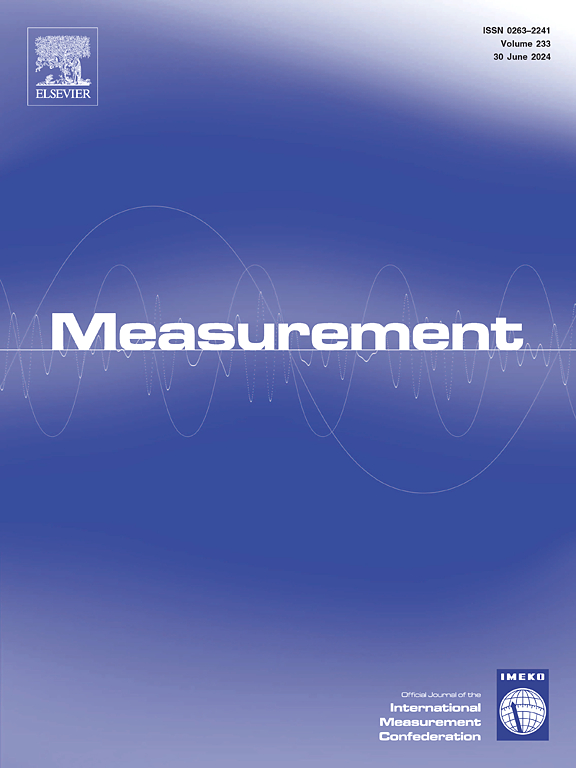Optimization of feature association strategies in multi-target tracking based on light field images
IF 5.6
2区 工程技术
Q1 ENGINEERING, MULTIDISCIPLINARY
引用次数: 0
Abstract
Multi-object tracking (MOT) occupies an important position in the field of computer vision and has broad application prospects. One of the main challenges lies in extracting effective ReID features from complex scenes for data association. Complex scenes may cause targets to be detected but not tracked correctly. Light field cameras can simultaneously capture information from multiple viewing angles or light directions by using special optical components (such as microlens arrays) or sensor designs. Each pixel records the light entering the camera from different directions, allowing information from different viewing angles to be combined or reconstructed to form a complete image. To overcome this challenge, this paper utilizes light field cameras to acquire light field images and parse them into multi-view images. Through processing, the four-dimensional structure of the objects is mapped into epipolar plane images in specific directions. We designed an auto-encoder network to extract light field features from targets that were not successfully associated. In addition, we introduced a new strategy in the post-processing association stage of multi-target tracking by integrating the light field features into the general multi-target tracking framework as complementary features in the data association process. We have done a series of comparison and ablation experiments, and our multi-target tracking method achieves 86.4% of MOTA and 68.5% of HOTA in the same scenario, which is a better result compared to other SOTA tracking methods.

基于光场图像的多目标跟踪中特征关联策略的优化
多目标跟踪(MOT)在计算机视觉领域占有重要地位,具有广阔的应用前景。从复杂场景中提取有效的 ReID 特征进行数据关联是主要挑战之一。复杂场景可能会导致目标被检测到,但却无法被正确跟踪。光场相机可以通过使用特殊的光学元件(如微透镜阵列)或传感器设计,从多个视角或光线方向同时捕捉信息。每个像素记录从不同方向进入相机的光线,从而将不同视角的信息合并或重建,形成完整的图像。为了克服这一挑战,本文利用光场相机获取光场图像,并将其解析为多视角图像。通过处理,物体的四维结构被映射成特定方向的外极面图像。我们设计了一个自动编码器网络,以提取未成功关联目标的光场特征。此外,我们还在多目标跟踪的后处理关联阶段引入了一种新策略,将光场特征作为数据关联过程中的补充特征整合到一般的多目标跟踪框架中。我们做了一系列对比和消融实验,在相同场景下,我们的多目标跟踪方法实现了 86.4% 的 MOTA 和 68.5% 的 HOTA,与其他 SOTA 跟踪方法相比效果更好。
本文章由计算机程序翻译,如有差异,请以英文原文为准。
求助全文
约1分钟内获得全文
求助全文
来源期刊

Measurement
工程技术-工程:综合
CiteScore
10.20
自引率
12.50%
发文量
1589
审稿时长
12.1 months
期刊介绍:
Contributions are invited on novel achievements in all fields of measurement and instrumentation science and technology. Authors are encouraged to submit novel material, whose ultimate goal is an advancement in the state of the art of: measurement and metrology fundamentals, sensors, measurement instruments, measurement and estimation techniques, measurement data processing and fusion algorithms, evaluation procedures and methodologies for plants and industrial processes, performance analysis of systems, processes and algorithms, mathematical models for measurement-oriented purposes, distributed measurement systems in a connected world.
 求助内容:
求助内容: 应助结果提醒方式:
应助结果提醒方式:


